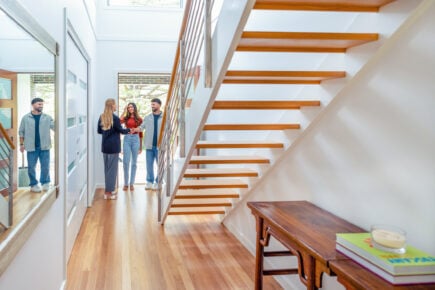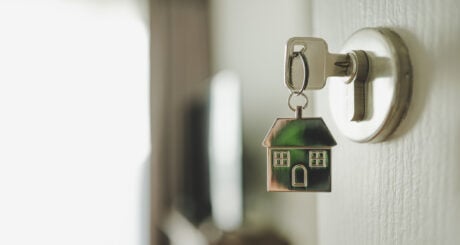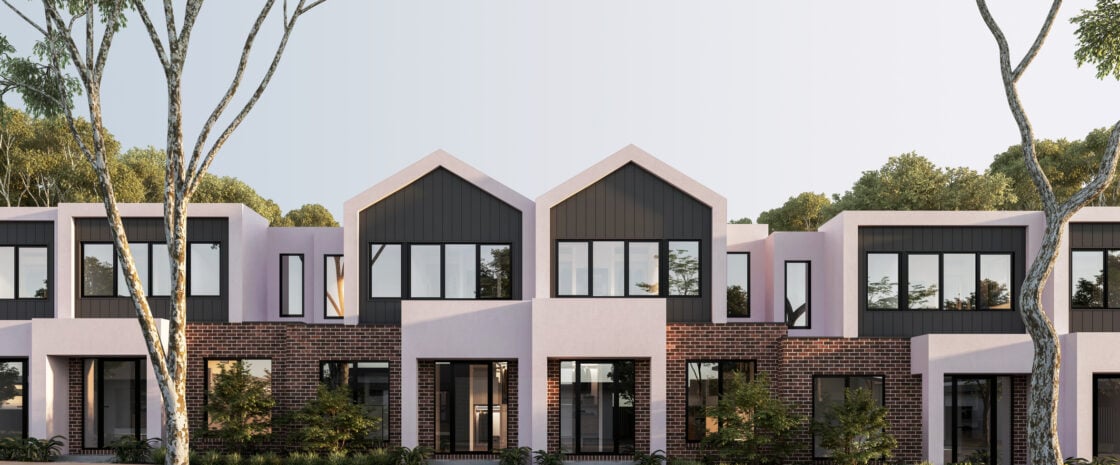An investment property is real estate that is purchased for the purpose of earning financial return. This return could be rental income, tax concessions or profit from reselling. However, before seeing any gains, there are costs of buying an investment property to consider first.
Did you know? Australian Taxation Office (ATO) data from the 2019–20 income year shows that more than 2.2 million Australians own investment properties. The vast majority (71.5%) of property investors only own one investment property.[1]
Investment property mortgage costs
Deposit
The largest upfront cost of your purchase will likely be the deposit. In Australia, it is typical to have 20% of the property’s value in cash, with a lender allowing you to borrow the remaining 80%.
Unique to property investing, is the ability to generate this 20% deposit through genuine savings, equity or a combination of the two. This means if you already own one property, you may be able to access some of the equity to purchase an investment property.
LMI
A deposit of less than 20% will often result in paying for lenders mortgage insurance (LMI). LMI is a one-off payment you make to your lender to protect them in the event you default on your loan.
While LMI can be a way to buy an investment property with a smaller deposit, it is often expensive. The insurance is designed to protect the lender rather than you.
Establishment and registration fees
Establishment fees pay your lender for the processing of the documentation of your mortgage. Registration fees are one off payments made to your State government to register the property.
Ongoing fees
Depending on your lender, you may be charged annual fees attached to your mortgage. This will vary in price depending on your circumstances but should be clarified before you take on a mortgage.
Interest and repayments
Once you have secured the loan, you will have to repay it with interest over the life of the mortgage. These are typically repaid fortnightly or monthly and can be structured differently with investment loans compared to owner-occupied loans.
For example, some investors may choose an interest only loan. This is when you only make repayments covering the interest portion of your loan for a set period of time while the principal (the amount you borrowed) remains the same. This means your repayments will be much cheaper at the beginning, but you will end up paying more over the life of the loan.
Investor home loans also often come with higher interest rates than owner-occupied loans due to the perceived risk. This will mean your repayments may also be higher with an investor loan.
Stamp duty and conveyancing
Stamp duty is the tax that governments charge for transferring property title and details. The cost will vary depending on the value of your property, and where it is located. For example, a $500,000 property in Victoria could cost more than $20,000 in stamp duty.
It’s also important to understand that investment properties often do not qualify for certain exemptions that are available for first home buyers.
You can search for a stamp duty calculator in your region here.
Taxes
An important difference between owner-occupied and investment properties is the tax implications. If you use your investment property to earn income, you have important rules to adhere to.
When you are an owner-occupier, you are exempt from capital gains tax (CGT), but for investors, CGT is the tax you pay on profits from your investment property.
According to the Australian Taxation Office, property investors should stay on top of these details to avoid making mistakes on tax returns:
- keep records right from the start
- work out what expenses you can claim as deductions
- work out if you need to pay tax instalments throughout the year
- declare all rental-related income in your tax return
- consider the capital gains tax implications if you sell.
» MORE: Costs to know when buying a house
Investment property ownership costs
Once you have purchased the property itself, there are still ongoing costs of ownership to consider that may differ from owner-occupied properties.
Insurance
As well as home and contents insurance, you may choose to pay landlord insurance, which can protect you from specific issues such as tenant default, repairs and more.
Land tax and council rates
Council rates cover the cost of services such as rubbish bin collection, electricity, plumbing and other services in your area, while land tax is simply a tax on your land. These costs are paid by the owner of a property, not the tenants, meaning if you take on more and more investment properties, you will pay this for each one.
Furthermore, these taxes are usually indexed based on the value of the property/land so will change depending on the value of each property.
Owners corporation
If you invest in a strata title property like an apartment or townhouse, owners corporation or strata fees will be charged to you (the owner) for the management and maintenance of common areas that are shared by all owners. These are spaces separate from the dwelling itself, such as parking, gardens, pools, lifts, gym, and other facilities.
» MORE: Townhouse vs. house vs. apartment
Property management and advertising
If you choose to rent out your investment property to tenants, you will have to decide if you wish to manage this yourself, or outsource it to a property manager.
A property manager screens and communicates with potential tenants, organises payment of rent and bond, deals with admin such as contracts and inspections and more. Of course, they charge a fee for this, as well as advertising the property, which you will need to consider before purchasing and renting out an investment property.
Repairs and maintenance
Unfortunately, if you rent out your property, accidents, weather, and wear and tear can lead to breaks and damage to your property. You need to be aware of the ongoing costs that may arise with these issues.
Depreciation
Despite the perceived security of property investment, market fluctuations can mean that your investment loses value over time. This is a real possibility that you need to consider before buying, and it pays to research the market, property type, suburb and other criteria before investing.
Article Sources
-
Australian Taxation Office (ATO), “Taxation Statistics 2019-20 Individuals – Table 27,” accessed August 16, 2024.
DIVE EVEN DEEPER

First Home Buyer Investment Property: Is It Possible?
Your first property doesn’t have to be a home where you live. Buying investment property as a first home buyer is often referred to as ‘rentvesting.’

Living In A Private Rental: What To Know
Renters may enjoy having a streamlined relationship with a private landlord, but before signing a lease, consider the pros and cons of living at a private rental.

17 Types Of Home Loans For Buyers, Investors And Property Owners
Know the common home loan types for Australian buyers, investors and property owners so you can choose the best option for you.


